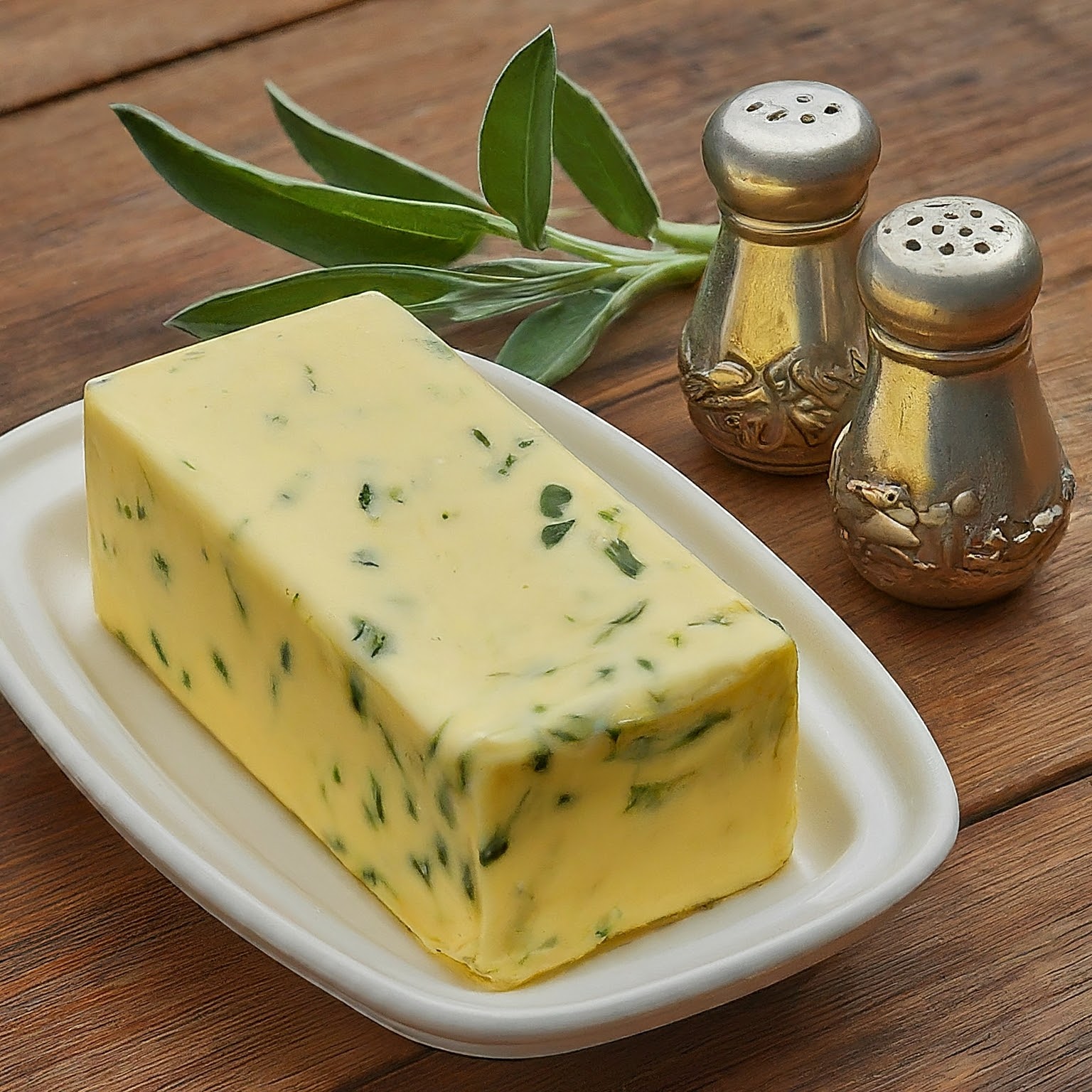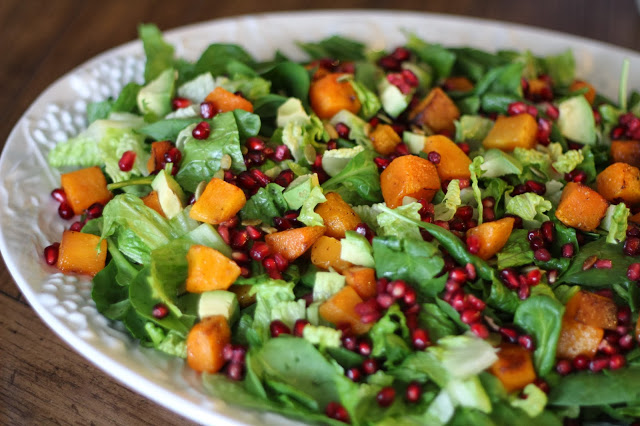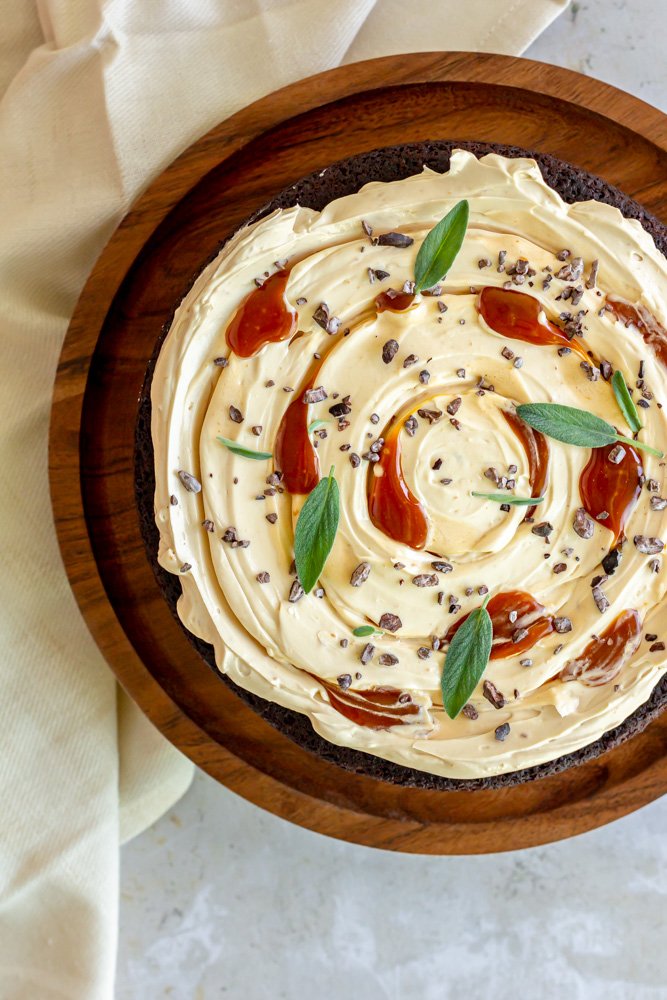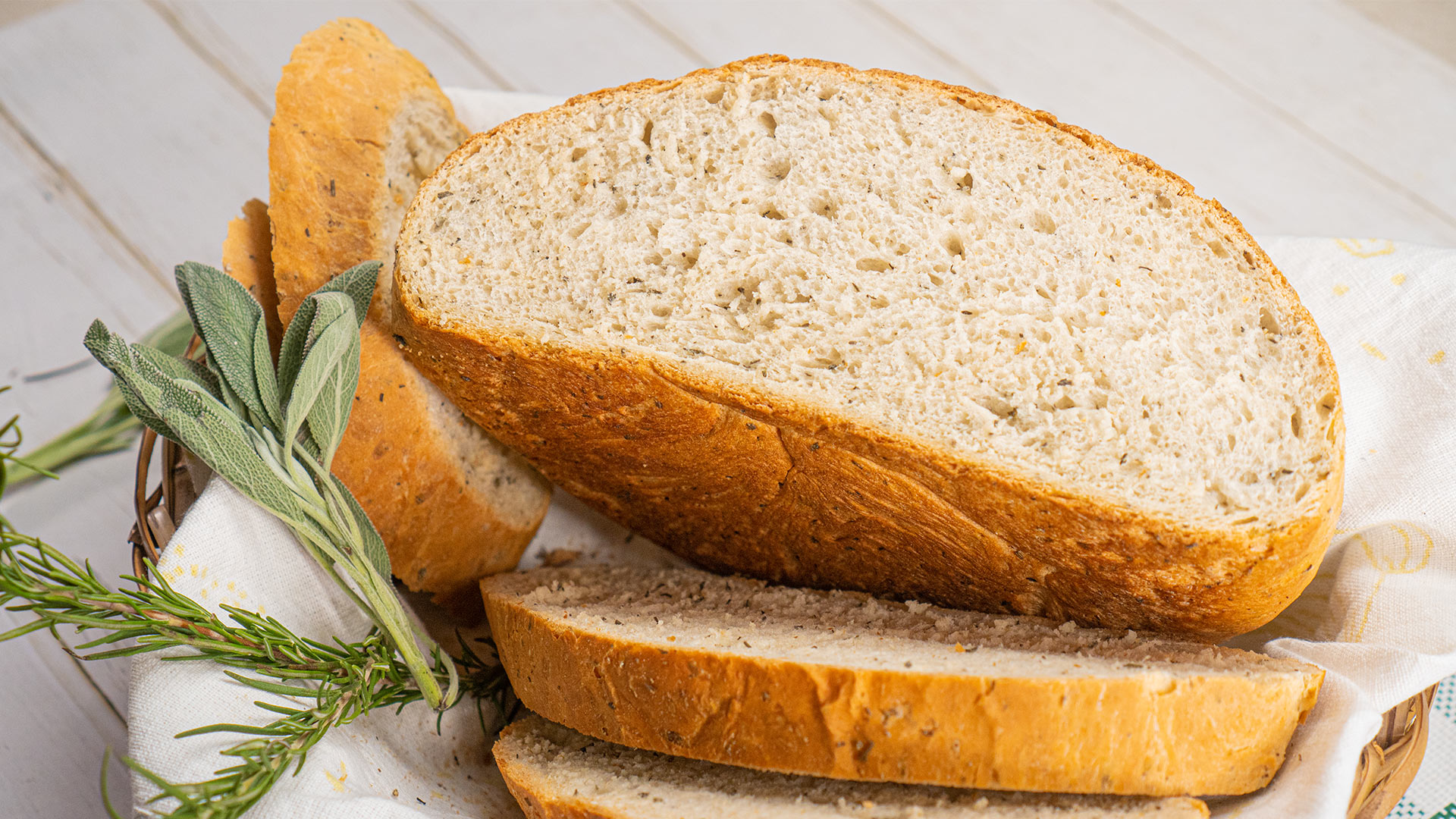Sage is a versatile herb that shines in both cooking and gardening. Its resilience allows it to thrive even in challenging conditions, making it an easy plant to grow with minimal effort!
Originating from the Mediterranean, sage flourishes in environments where many other plants struggle. Its low water needs and straightforward care requirements have contributed to its growing popularity, especially as more people discover its benefits.
In the garden, sage is an excellent choice; it attracts beneficial insects while repelling pests, creating a healthier ecosystem for your plants.
SAGE INFUSED OIL

Sage is a versatile herb that can enhance a variety of dishes without overshadowing other flavors. One of the simplest ways to enjoy its unique taste is by making sage-infused oil, which adds an instant flavor boost to your meals without the need for extra spices. Plus, it’s incredibly easy to make!
All you need is a few clean glass bottles with an air-tight seal or oil dispenser, some olive oil and sage leaves. Fresh leaves work best but dried ones can also be used! Next, heat up a saucepan over medium heat and add your oil followed by leaves. Pour the oil into a sterilized glass jar once it’s been heated through! This should only take 5-10 minutes total. Place your jar away from direct sunlight and let the oil sit until it’s completely cooled down. Next, using a sieve to strain out any unwanted pieces of sage leaves and there you go, you’ve got your own sage oil!
With the new sage oil, you can now enjoy a plethora of meals without overwhelming your senses. The flavor will go well with poultry and other dishes that require spicing up!
SAGE BUTTER

Making your own butter may seem like a daunting task, but it’s actually quite simple! Sage-flavored butter can be effortlessly melted over vegetables or grilled chicken, providing an extra punch of flavor that elevates your dishes.
SAGE SEASONING SALT

For those looking to add some flair to their meals, a blend of salt, sage, and rosemary can really elevate your dishes. You can even incorporate this mix directly into your cooking!
You’ll need: one cup of coarse sea salt, half a cup of rosemary leaves, and half a cup of sage. For an extra kick, add 2 tablespoons of black peppercorns to create a unique flavor profile.
To prepare your spice mix, start by placing the sage and rosemary leaves in a food processor or blender along with 2 tablespoons of salt. Pulse the mixture until it resembles sand, then spread it out on a baking sheet to cool. Bake at 250°F for 15 minutes. Once it has cooled completely, transfer the mixture to an airtight container for storage. Enjoy your homemade spice blend!
SAGE DRINKS

If you’re looking to add a fresh twist to your drinks, sage is the perfect herb. From herbal waters to cocktails, its unique flavor can enhance any beverage!
Start your day with a soothing cup of sage herbal tea. Whether hot or iced, this drink not only helps relieve sore throats but also delivers delicate floral flavors that will brighten your morning.
Need to unwind after a long day? A tequila sage smash cocktail is just the thing to shake off the stress. It’s a refreshing, flavorful choice for ending the work week with some well-deserved fun!
SAGE AND SALADS

You might not have tried a salad with sage before, but once you discover the right complementary ingredients, like other herbs from the same family, you’ll want to include it in every meal!
Pears and walnuts pair beautifully with sage, creating a delicious combination.
Bring all three together for a delightful salad that can brighten even the gloomiest of days!
SAGE IN SOUPS

Let’s talk about winter soups! They’re a must-have during the chilly months and come in endless varieties, from classic tomato soup to heartier, broth-based creations packed with vegetables or meat for extra protein. Warming spices like cayenne pepper can also be added for a cozy kick.
One standout combination is the sweet and tangy flavor of butternut squash blended with the earthy notes of sage, creating a rich and comforting soup that’s perfect for cold days!
SMUDGING

Smudging, the practice of burning herbs to purify spaces and clear out negative energy, has been used for centuries. Sage is commonly incorporated into this ritual, but it can also be a part of your daily life, from cleansing rituals to household cleaning routines.
Making your own smudge stick is simple! You’ll need some sage (plus other herbs like lavender, rosemary, or thyme if you like).
Gather your herbs and string them into a bundle. Tie it at the base to keep from getting torn or frayed during use! Then, starting at the center of your bundle and working outwardly inwards, tightly wrap that string up with criss-crosses as you go. Cut off any excess twine once finished! Hang for drying out onto a cool dry place where it will stay overnight before being ready to use again – now all set!
Your smudge stick is ready to use when a leaf or stem snaps easily. Store it in a jar to preserve its scent and freshness!
SAGE IN DESSERTS

Sage’s taste profile is often difficult to pin down, but that might just be because it has so many different flavors. Minty and lemony with a touch of earthiness for good measure – you can’t miss this spiced ingredient in your cupboard!
Apple crumble is an American favorite, but when you throw in some sage it becomes even better.
SAGE WREATH

If you’re not in the mood to burn a sage bundle or light incense, there are still plenty of ways to enjoy the aromatic benefits of your sage leaves. Simply crush a few leaves between your fingers before guests arrive, and they’ll be welcomed by the warm, homey scent of sage as they walk through the door.
You can also get creative with DIY sage crafts! Infuse your home with sage by making your own sachets, wreaths, or even bath salts. There are endless ways to incorporate this versatile herb into your daily life for both scent and style!
SAUCES

One of the best ways to use sage is in sauces. Its rich, earthy flavor adds depth and extra oomph to your creations. Sage pairs especially well with creamy dishes, making it a perfect addition to sauces like béchamel or cheesy pasta!
NATURAL ALL-PURPOSE CLEANER

Sage has long been valued for its natural purifying properties. Not only can it help freshen the air in your home, but you can also use it to make an all-purpose cleaner that tackles tough stains, including on dishes. With just a few simple ingredients—white vinegar, isopropyl alcohol, warm water, and dish soap—you can create a natural cleaner that lasts up to six months!
Sage leaves are the perfect ingredient to make your own Sagebrush! All you need is white vinegar, isopropyl alcohol, warm water and dish soap. The best part about this recipe? You use just a few ingredients for a natural product that can last up to six months or more depending on how often it’s used (every few days).
Squeeze your fresh sage leaves, so they release their oils and scent. Then add one part warm water to two parts vinegar with ¼part alcohol for a pleasingly tart aroma that will last all day long!
Place the mixture in an empty spray bottle then add just one drop dish soap before shaking up again – you’re done!
SAGE BREAD

Rosemary and sage are the perfect duo to elevate plain loaves of bread. Simply add these fresh herbs to your dough while kneading, and soon you’ll be enjoying a warm, fragrant Rosemary Sage Bread. It pairs wonderfully with soups or salads!
SAGE COUGH REMEDY

Sage has long been celebrated as a natural remedy, perfect for enhancing cleaning products and even repelling mosquitoes! Its antiseptic properties help freshen the air in your home or office, while its anti-inflammatory benefits can alleviate symptoms of colds, sore throats, and allergy-related headaches.
You’ll need: 2 heaped teaspoons of finely chopped fresh leaves, a tablespoon of honey and apple cider vinegar. Toss your sage leaves into a pot with two cups of water and bring them to the boil. Then reduce heat, simmer for half an hour then strain mixture through cheese cloth or strainer before adding an equal amount of apple cider vinegar. Add your honey and mix well. Allow it to cool before storing in a clean, airtight jar for future use! Whenever necessary, take 1 teaspoon of this mixture (children can get ½ teaspoon).
SAGE CANDLES

Scented candles bring a cozy and pleasant ambiance to any home, infusing the space with a natural, earthy aroma. If burning sage sticks isn’t an option for you due to health concerns or other reasons, making your own sage-scented candle is a fantastic alternative!
All you will need are wax melts, beeswaxes, dried sage leaves (you can dry them yourself), wicks and oils for fragrance if desired, and a jar! If you are super inspired, you can use teacups instead. You will need a coffee grinder for this. Grind up your sage leaves and then add them to the jar with some soy wax, topped off by your favorite oil! Double boil your jar in a pot with water. Once the jar is hot enough and has melted a little, add half a cup of beeswax. This will help keep your candle hard so that it doesn’t melt away too quickly! Once everything has melted, carefully pour your sage wax mixture into the candle jars. Let them cool down for about 15 minutes before adding wicks – this way they’re sure not to curl away from their container!
CONCLUSION
In conclusion, sage leaves are not just a flavorful herb; they are a multifaceted ingredient that enhances our lives in various ways. By integrating sage into cooking, health remedies, and home practices, you can enjoy its many benefits while embracing a more natural and flavorful lifestyle.







